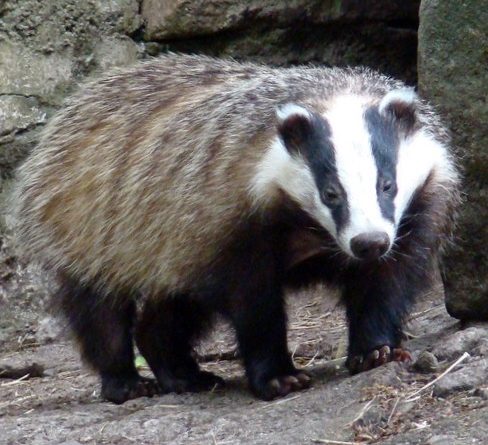An epidemiological study in wild carnivores from Spanish Mediterranean ecosystems reveals association between Leishmania infantum, Babesia spp. and Hepatozoon spp. infection and new hosts for Hepatozoon martis, Hepatozoon canis and Sarcocystis spp.
Transboundary and Emerging Diseases
The aetiology and epidemiology of vector borne apicomplexan Babesia and Hepatozoon and kinetoplastid Leishmania infantum infections in wildlife have not been explored in wide areas of southern Spain. We investigated these infections in 151 wild carnivores including foxes, badgers, beech martens, hedgehogs, wild cats, Egyptian mongooses, otters, genets, and racoons. Overall, Hepatozoon, Babesia and L. infantum infections were detected in 68%, 48% and 23% of the wild animals surveyed, respectively. L. infantum-infected wildlife were more likely to be also infected with the apicomplexan Hepatozoon and Babesia spp. compared to the non-infected counterparts (p<0.05). We report for the first time Hepatozoon martis in badgers and wild cats and H. canis in beech martens, and a Babesia sp. in wild cats from Spain. Our results also indicate widespread distribution of H. canis in foxes (91%) and beech martens (13%), H. martis in beech martens (81%), wild cats (20%) and badgers (13%), H. felis in wild cats (60%), B. vulpes in foxes (64%), Babesia sp. type A closely related to B. vulpes, in badgers (58%), and Babesia sp. in wild cats (20%). Moreover, L. infantum infection was found in foxes (29%), beech martens (13%), badgers (8%) and 1/3 Egyptian mongooses. We also detected Cytauxzoon sp. in a wild cat and the first Sarcocystis sp. in a genet. This study provided evidence of increased risk of L. infantum infection in wildlife animals co-infected with Babesia spp. or Hepatozoon spp. and indicated that these infections are widespread in wild carnivores from Spanish Mediterranean ecosystems.




